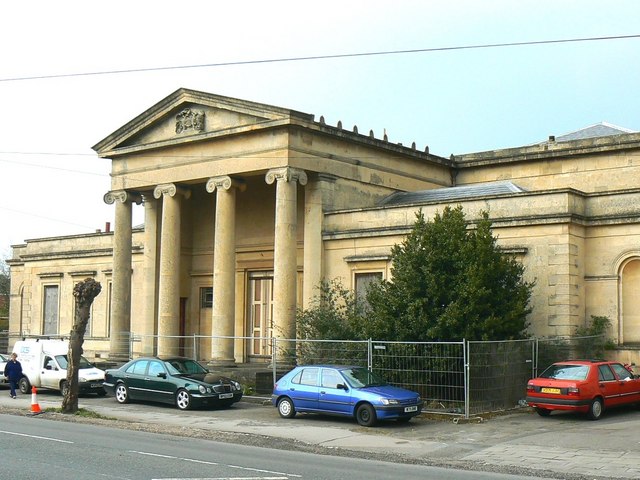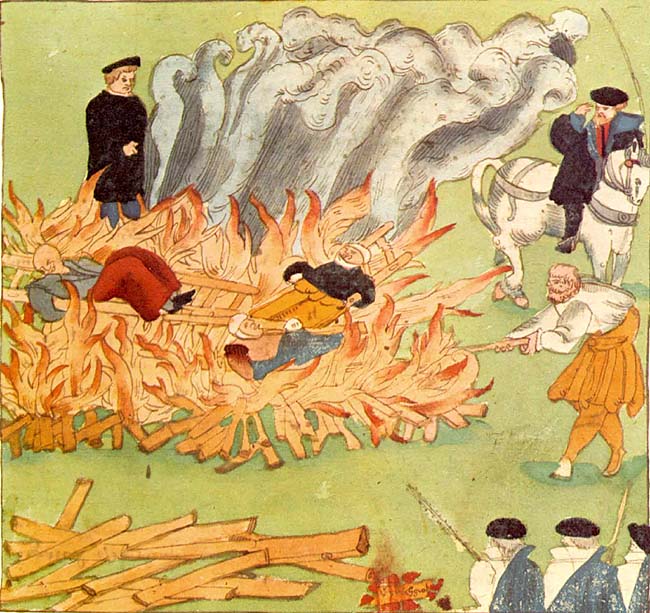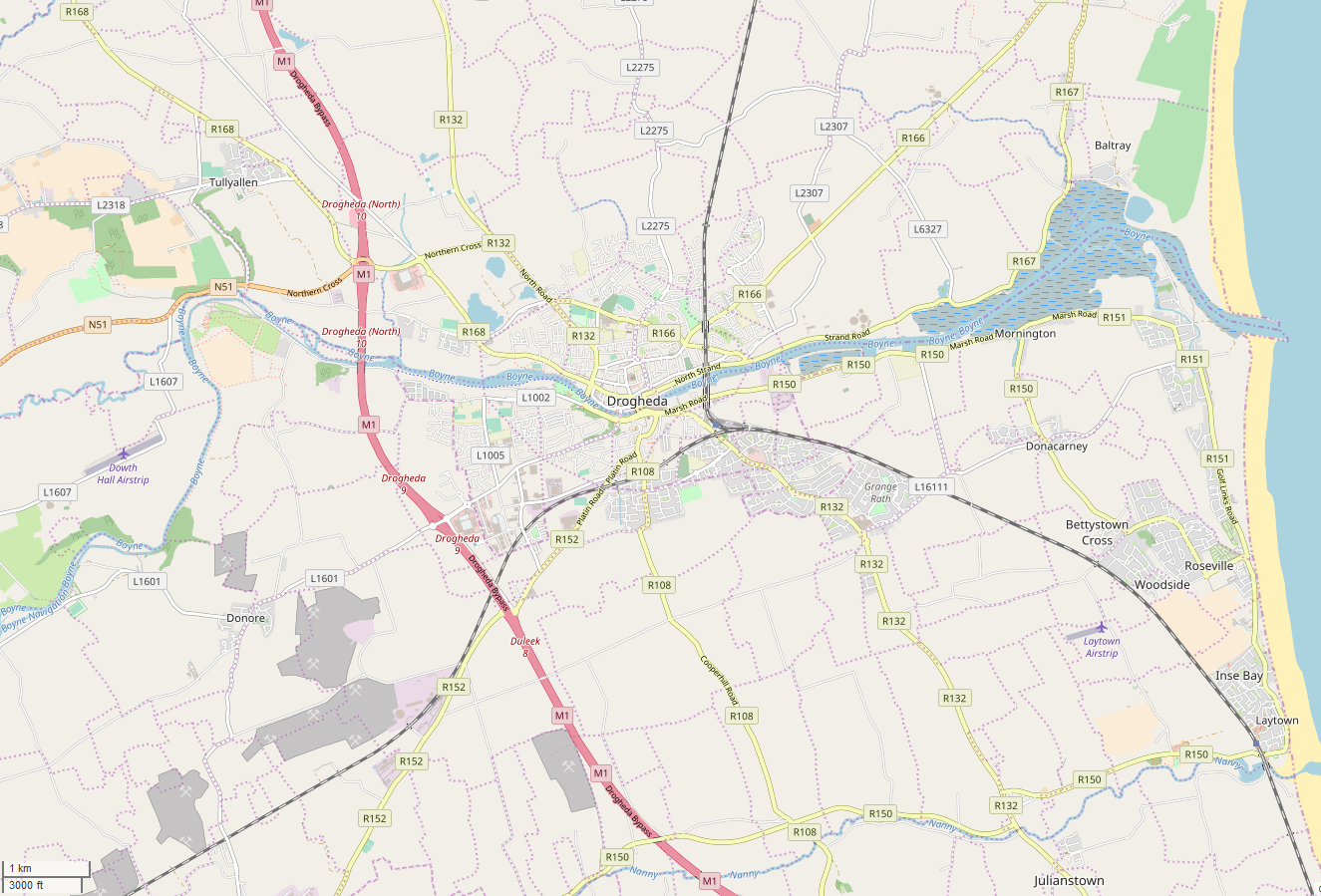|
William Aston (Irish Judge)
Sir William Aston (1613-1671) was an English-born barrister, politician and soldier, who fought with distinction in Ireland for King Charles I during the English Civil War. Although he made his peace with the Cromwellian regime after the King's defeat, he is believed to have remained a convinced Royalist at heart. He was rewarded for his loyalty to the Crown with a seat on the Irish High Court Bench after the Restoration. His eldest son was hanged for murder in 1686. His last direct male descendant, also named William Aston, was the ''de jure'' 6th Lord Aston of Forfar.Cokayne ''Complete Peerage'' Reprinted Gloucester 2000 Vol. 1 p.289 Background He was born at Leigh, Staffordshire, son of John Aston and his wife, Margery Walton, daughter of James Walton of Fole. His father was the grandson of Sir Walter Aston of Tixall, who was also the grandfather of the 1st Lord Aston of Forfar. He entered Gray's Inn in 1639, and then moved to Ireland. In 1646, he was serving as a major in the ... [...More Info...] [...Related Items...] OR: [Wikipedia] [Google] [Baidu] |
Barrister
A barrister is a type of lawyer in common law jurisdictions. Barristers mostly specialise in courtroom advocacy and litigation. Their tasks include taking cases in superior courts and tribunals, drafting legal pleadings, researching law and giving expert legal opinions. Barristers are distinguished from both solicitors and chartered legal executives, who have more direct access to clients, and may do transactional legal work. It is mainly barristers who are appointed as judges, and they are rarely hired by clients directly. In some legal systems, including those of Scotland, South Africa, Scandinavia, Pakistan, India, Bangladesh, and the British Crown dependencies of Jersey, Guernsey and the Isle of Man, the word ''barrister'' is also regarded as an honorific title. In a few jurisdictions, barristers are usually forbidden from "conducting" litigation, and can only act on the instructions of a solicitor, and increasingly - chartered legal executives, who perform tasks such ... [...More Info...] [...Related Items...] OR: [Wikipedia] [Google] [Baidu] |
Cromwellian
Oliver Cromwell (25 April 15993 September 1658) was an English politician and military officer who is widely regarded as one of the most important statesmen in English history. He came to prominence during the 1639 to 1651 Wars of the Three Kingdoms, first as a senior commander in the Parliamentarian army and then as a politician. A leading advocate of the execution of Charles I in January 1649, which led to the establishment of the Republican Commonwealth of England, Scotland and Ireland, he ruled as Lord Protector from December 1653 until his death in September 1658. Cromwell nevertheless remains a deeply controversial figure in both Britain and Ireland, due to his use of the military to first acquire, then retain political power, and the brutality of his 1649 Irish campaign. Educated at Sidney Sussex College, Cambridge, Cromwell was elected MP for Huntingdon in 1628, but the first 40 years of his life were undistinguished and at one point he contemplated emigration to Ne ... [...More Info...] [...Related Items...] OR: [Wikipedia] [Google] [Baidu] |
Jerome Alexander
Sir Jerome Alexander (c.1585–1670) was an English-born barrister, judge and politician, who spent much of his career in Ireland (after he had been professionally ruined in England), and became a substantial Irish landowner. He was a noted benefactor of Trinity College Dublin. As a judge, he was so ruthless in securing guilty verdicts in criminal cases, and in imposing the death penalty on the guilty party, that for many years after his death "to be Alexandered" was an Irish synonym for being hanged.Ball, F. Elrington ''The Judges in Ireland 1221–1921'' John Murray London 1926 Vol.1 p.279-86 Early career His precise date of birth is uncertain, but he was stated in 1637 to be several years older than Sir Maurice Eustace, who was born in the early 1590s. He was born at Gressenhall, Norfolk, the eldest son of Jerome Alexander senior of Thorpland, an employee of Thomas Howard, 21st Earl of Arundel; the younger Jerome was also employed for a time as steward and bailiff to the Earl, ... [...More Info...] [...Related Items...] OR: [Wikipedia] [Google] [Baidu] |
Assizes
The courts of assize, or assizes (), were periodic courts held around England and Wales until 1972, when together with the quarter sessions they were abolished by the Courts Act 1971 and replaced by a single permanent Crown Court. The assizes exercised both civil and criminal jurisdiction, though most of their work was on the criminal side. The assizes heard the most serious cases, which were committed to it by the quarter sessions (local county courts held four times per year), while the more minor offences were dealt with summarily by justices of the peace in petty sessions (also known as magistrates' courts). The word ''assize'' refers to the sittings or sessions (Old French ''assises'') of the judges, known as "justices of assize", who were judges who travelled across the seven circuits of England and Wales on commissions of "oyer and terminer", setting up court and summoning juries at the various assize towns. Etymology Middle English < |
Youghal
Youghal ( ; ) is a seaside resort town in County Cork, Ireland. Located on the estuary of the River Blackwater, the town is a former military and economic centre. Located on the edge of a steep riverbank, the town has a long and narrow layout. As of the 2016 census, the population was 7,963. As a historic walled seaport town on the coastline of East Cork, and close to a number of beaches, it has been a tourist destination since the mid-19th century. There are a number of historic buildings and monuments within the town's walls, and Youghal is among a small number of towns designated as "Irish Heritage Ports" by the Irish Tourist Board. Name The name ''Youghal'' comes from the Irish ''Eochaill'' meaning " yew woods", which were once common in the area. Older anglicisations of this name include ''Youghall'', ''Yoghel'' and ''Yochil''. History and architecture Youghal received its charter of incorporation in 1209, but the history of settlement on the site is longer, with Viking ... [...More Info...] [...Related Items...] OR: [Wikipedia] [Google] [Baidu] |
Florence Newton
Florence Newton (died 1661) was an alleged Irish witch, known as the "Witch of Youghal", who died during what St John Seymour as one of the most important examples of Irish witch trials. Witch trial Florence Newton was described as an old beggar woman in the town of Youghal. She was arrested and imprisoned on 24 March 1661. She was put on trial on 11 September 1661 at the summer Assizes (Ireland), Assizes for County Cork held in Cork (city), Cork city, for two offences under the Witchcraft Act 1586. Newton was accused of having incantation, enchanted Mary Longdon and employing Maleficium (sorcery), sorcery to cause the death of David Jones. The presiding judge was Sir William Aston (Irish judge), William Aston, whose transcript of the trial survives and is the primary source for the affair. The Crown appears to have regarded the trial as one of some importance, as evidenced by the fact that Sir William Domville, the Attorney General for Ireland, travelled from Dublin to Cork to pr ... [...More Info...] [...Related Items...] OR: [Wikipedia] [Google] [Baidu] |
Witch Trials
A witch-hunt, or a witch purge, is a search for people who have been labeled witches or a search for evidence of witchcraft. The classical period of witch-hunts in Early Modern Europe and Colonial America took place in the Early Modern period or about 1450 to 1750, spanning the upheavals of the Reformation and the Thirty Years' War, resulting in an estimated 35,000 to 50,000 executions. The last executions of people convicted as witches in Europe took place in the 18th century. In other regions, like Africa and Asia, contemporary witch-hunts have been reported from sub-Saharan Africa and Papua New Guinea, and official legislation against witchcraft is still found in Saudi Arabia and Cameroon today. In current language, "witch-hunt" metaphorically means an investigation that is usually conducted with much publicity, supposedly to uncover subversive activity, disloyalty, and so on, but with the real purpose of intimidating political opponents. It can also involve elemen ... [...More Info...] [...Related Items...] OR: [Wikipedia] [Google] [Baidu] |
Drogheda
Drogheda ( , ; , meaning "bridge at the ford") is an industrial and port town in County Louth on the east coast of Ireland, north of Dublin. It is located on the Dublin–Belfast corridor on the east coast of Ireland, mostly in County Louth but with the south fringes of the town in County Meath, north of Dublin. Drogheda has a population of approximately 41,000 inhabitants (2016), making it the List of settlements on the island of Ireland by population, eleventh largest settlement by population in all of Ireland, and the largest town in the Republic of Ireland by both population and area. It is the last bridging point on the River Boyne before it enters the Irish Sea. The UNESCO World Heritage Site of Newgrange is located west of the town. Drogheda was founded as two separately administered towns in two different territories: Drogheda-in-Kingdom of Meath, Meath (i.e. the Lordship of Meath, Lordship and Liberty of Meath, from which a charter was granted in 1194) and Drogheda ... [...More Info...] [...Related Items...] OR: [Wikipedia] [Google] [Baidu] |
Recorder (judge)
A recorder is a judicial officer in England and Wales and some other common law jurisdictions. England and Wales In the courts of England and Wales, the term ''recorder'' has two distinct meanings. The senior circuit judge of a borough or city is often awarded the title of "Honorary Recorder". However, "Recorder" is also used to denote a person who sits as a part-time circuit judge. Historic office In England and Wales, originally a recorder was a certain magistrate or judge having criminal and civil jurisdiction within the corporation of a city or borough. Such incorporated bodies were given the right by the Crown to appoint a recorder. He was a person with legal knowledge appointed by the mayor and aldermen of the corporation to 'record' the proceedings of their courts and the customs of the borough or city. Such recordings were regarded as the highest evidence of fact. Typically, the appointment would be given to a senior and distinguished practitioner at the Bar, and it was, ... [...More Info...] [...Related Items...] OR: [Wikipedia] [Google] [Baidu] |
Court Of King's Bench (Ireland)
The Court of King's Bench (of Queen's Bench when the sovereign was female, and formerly of Chief Place or Chief Pleas) was one of the senior courts of common law in Ireland. It was a mirror of the Court of King's Bench in England. The King's Bench was one of the "Four Courts" which sat in the building in Dublin which is still known as "The Four Courts", and is still in use. Origins According to Elrington Ball,Ball, F. Elrington ''The Judges in Ireland 1221–1921'' John Murray London 1926 the Court called ''the King's Bench'' can be identified as early as 1290. It was fully operational by 1324, headed by the Lord Chief Justice of Ireland, who was assisted by at least one, and often more associate justices, although for brief periods the Chief Justice was forced to sit alone, due to the lack of a suitably qualified colleague. A Statute of 1410 provided that a trial in King's Bench set down for a specific county must proceed there, and must not be moved to another venue w ... [...More Info...] [...Related Items...] OR: [Wikipedia] [Google] [Baidu] |
Knighted
A knight is a person granted an honorary title of knighthood by a head of state (including the Pope) or representative for service to the monarch, the Christian denomination, church or the country, especially in a military capacity. Knighthood finds origins in the Ancient Greece, Greek ''hippeis'' and ''hoplite'' (ἱππεῖς) and Ancient Rome, Roman ''Equites, eques'' and ''centurion'' of classical antiquity. In the Early Middle Ages in Europe, knighthood was conferred upon Equestrianism, mounted warriors. During the High Middle Ages, knighthood was considered a class of lower nobility. By the Late Middle Ages, the rank had become associated with the ideals of chivalry, a code of conduct for the perfect Court (royal), courtly Christian warrior. Often, a knight was a vassal who served as an elite fighter or a bodyguard for a lord, with payment in the form of land holdings. The lords trusted the knights, who were skilled in Horses in warfare, battle on horseback. Knighthood ... [...More Info...] [...Related Items...] OR: [Wikipedia] [Google] [Baidu] |
Restoration Of Charles II
The Restoration of the Stuart monarchy in the kingdoms of England, Scotland and Ireland took place in 1660 when King Charles II returned from exile in continental Europe. The preceding period of the Protectorate and the civil wars came to be known as the Interregnum (1649–1660). The term ''Restoration'' is also used to describe the period of several years after, in which a new political settlement was established. It is very often used to cover the whole reign of King Charles II (1660–1685) and often the brief reign of his younger brother King James II (1685–1688). In certain contexts it may be used to cover the whole period of the later Stuart monarchs as far as the death of Queen Anne and the accession of the Hanoverian King George I in 1714. For example, Restoration comedy typically encompasses works written as late as 1710. The Protectorate After Richard Cromwell, Lord Protector from 1658 to 1659, ceded power to the Rump Parliament, Charles Fleetwood and John ... [...More Info...] [...Related Items...] OR: [Wikipedia] [Google] [Baidu] |








